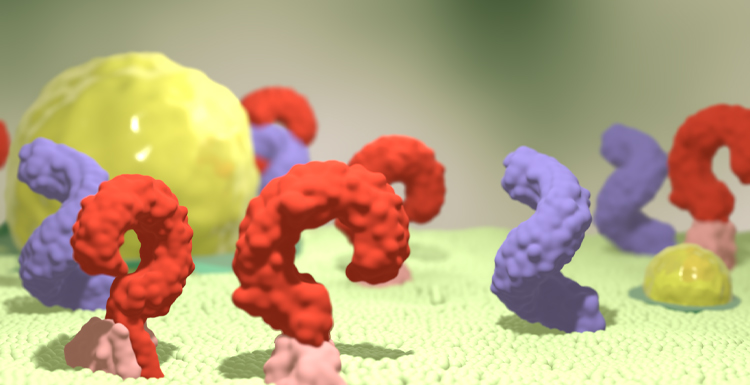Plant Health Research
Posted on November 15, 2021

The University of South Alabama’s Dr. Tuan Minh Tran, an assistant professor of biology, is the lead author of an article published in The Plant Cell. The Plant Cell is a prestigious scientific journal that publishes novel research of special significance in plant biology, especially in the areas of cellular biology, molecular biology, biochemistry, genetics, development and evolution.
“I am excited that my work was accepted by The Plant Cell after a relatively short peer-review cycle,” Tran said. “The story was compelling and got really positive feedback from all the reviewers as our findings are novel and addressed many aspects of plant cell interactions with invading bacteria and their components.”
Tran joined South’s faculty prior to the fall semester and teaches genetics. In this research, his lab elected to study the direct interaction between outer membrane vesicles (OMVs) produced by pathogenic bacteria and plant cells, and how these interactions guide downstream plant defense responses.
“We showed in this work that OMVs could serve as an immunogenic cargo specifically targeting the plant plasma membrane nanodomains during infection,” Tran said. “Therefore, OMVs could be exploited as an effective tool to boost plant immunity and improve plant health.”





